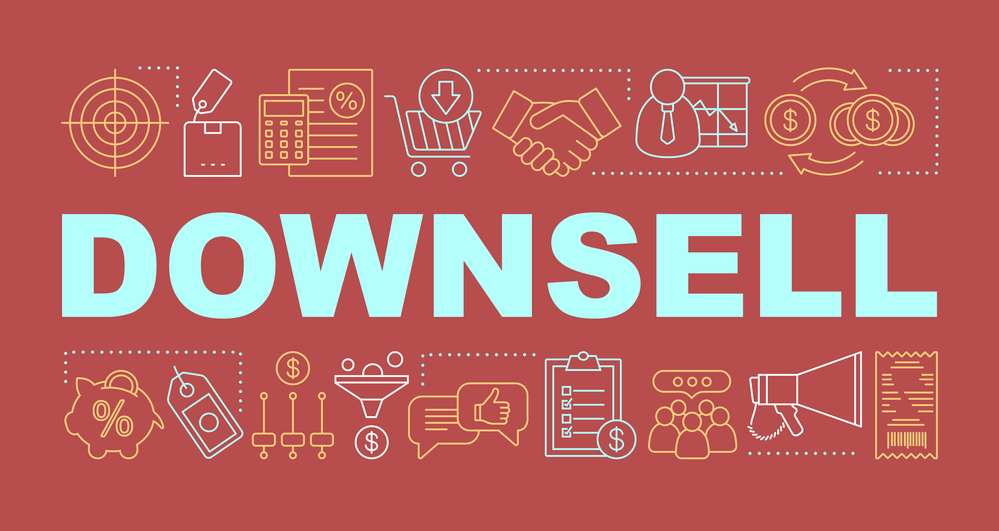
Is Trustly’s Open Banking Service a Merchant Account Killer?
Jan 17, 2022 2 minute Read
There are few payment methods today that offer merchants a seamless checkout experience. But Sweden-based open banking startup Trustly is a new player that’s already making waves in payments solutions and fintech, not least because they’re pushing boundaries across the Pacific. Having entered the Asian market in 2017 and taking the European market by storm, they’ve had a great start in this emerging region by offering local businesses a faster, cheaper, and more secure way to accept online payments.
At least, that’s what Trustly wants us to think. But is open banking and services like Trustly a merchant account killer?
What is open banking?
Open banking is a term that has been used to describe the movement of banks towards a more open and transparent system. This can be achieved with the help of APIs as well as third party services that are built on top of them. The idea behind this initiative is to allow more collaboration between financial institutions, startups, and even customers.
How does open banking work for merchants?
As a merchant, it’s in your best interest to offer multiple payment methods for customers to use so you can maximize the potentials that a customer will complete their purchase. The trouble is that a lot of payment methods require their own integrations. Want to offer PayPal? you need to add their API to your site. Visa Secure? Install the API. Credit card input? Install an API.
These APIs are the only secure way to ensure your customers’ data is safe when they enter it on your site, but it can be hassle. Open banking with companies like Trustly are trying to change that. With them, merchants can connect their ecommerce store to any bank and offer essentially an unlimited number of ways to pay without all the integrations.
How does open banking work for customers?
When a customer chooses their preferred payment method and enters their payment details, they’ll be securely transferred to the appropriate payment service provider’s (PSP) website to complete the transaction safely and securely.
This usually involves logging into their bank, as Trustly (and Plaid, another popular open banking service) promotes ACH payments most.
What are the benefits of open banking to merchants?
Open banking payments is a futuristic form of payment processing that promotes transparency and user-controlled data.
Automated Marketing
With open banking, merchants can create a truly personalized user experience and engage with their customers on an individual level. Data exchange between customer and merchant will happen automatically, giving businesses access to an unprecedented level of information so they can tailor their services accordingly.This will result in a tailored shopping experience for each customer that makes it easier for them to buy products or use services from that company.
Customers Gain More Access to Their Own Data
With open banking, customers will have more access to their own data. They can decide who gets to see it and how they want to share it. This is a big change from the current “closed bank” model, where only banks have access to spending data and can use it for marketing purposes.
Open banking means that it’s up to customers how much of their data is shared, with whom and for what purpose. This will change the way we think about marketing and advertising in the future. A customer might want to share their spending data with a specific store or brand in exchange for rewards or other benefits.
Fewer Chargebacks
The bane of any merchant: chargebacks. One of the most significant benefits of open banking for merchants is the reduction in chargebacks. The main reason for this is that open banking requires a unique identifier for each and every transaction, which makes it nearly impossible for the customer to dispute or reverse the transaction if they decide they don’t want to pay for it later. This creates less work for both you and your bank to do, which is always a good thing.
What are the drawbacks of open banking?
There are always consequences. Open banking’s, and Trustly’s by extension, may be more significant than you would initially believe.
Less Visibility
Merchants will have less visibility into their transactions because they’ll be decoupled from the issuing bank.
Open Banking is going to remove the ability of merchants to see their transaction data directly from their banks. This is a double-edged sword. Being able to see transaction details directly from the issuing bank has many convenience benefits, but it also gives the merchant a lot of control over the transaction. This can create many issues in disputes due to the merchant being able to modify the data in order to support their claim. With open banking, there will be a lot less visibility into transactions and disputes will have to be handled by the two parties that were involved: the customer and the bank.
Higher Risk of Fraud
Because open banking services lend themselves to peer-to-peer (P2P) transactions, there is potential for fraud. Criminals could use this system to take money directly from bank accounts without the customer or the bank knowing about it.
Open banking will make it easier for criminals to gain access to sensitive information. In particular, identity fraud is likely to increase. This is because information about a customer’s transactions will not only be available to their bank but also to any organization they choose to share their data with.
It also makes it possible for hackers to steal information from multiple merchants at once. Obviously, this isn’t a problem with legitimate merchants who aren’t using open banking. However, criminals can use open banking APIs to create fake payment apps that are indistinguishable from the real thing.
High Fees
Merchants may find that the fees associated with offering these services are more than they’d like. It will allow consumers to move their money from one bank to another with ease and much more quickly than before. If a consumer becomes frustrated or dissatisfied with their bank and wants to switch, they can do so in a matter of hours instead of days. This could cause a drop in customer loyalty and lead to reduced profits for banks and other financial institutions. Banks that provide open, online banking payment platforms may have to charge higher fees to recoup the lost revenue from clients who are moving their money elsewhere, creating additional costs for businesses.
Security and Compliance
A standardized API that allows merchants to access data from customers’ bank account makes things much more convenient, but at a price. Customers can feel far less secure entering their sensitive bank login information into a third-party service. That’s direct access to highly sensitive data. Customers just don’t always feel comfortable with a store having their personal data.
Also, if something goes awry, the blame will come down to the merchant, not Trustly. And in order to retrieve personal data from a customer’s online bank account a business will require full PCI (Payment Card Industry) compliance. As you can see, there are a lot of compliance and security issues.
Fragmentation
Open banking isn’t a single standard for all banks. Instead, it’s an umbrella term for any number of different standards that banks are using to give customers visibility into their own finances. The result is a fragmented industry where the products and services offered by different banks can vary dramatically from one another.
And if not all banks offer open banking, then customers who use those banks won’t be able to use the 3rd-party applications (or 1st-party, if you decide to make your own) to make payments and will default to the traditional payment experience they’re already used to, like credit card and debit cards.
Trustly isn’t a merchant account killer, yet. To mitigate the risk of fraud and prevent chargebacks, get a merchant account that works for your business.
Trustly may be growing in popularity across Europe, due in large to the EU’s PSD2 legislation towards open banking, but it hasn’t yet reached North America in the same way.
A good merchant services provider, like DirectPayNet, will offer you a merchant account that helps you avoid fraudulent charges and keeps your chargeback ratio low while allowing you to process global payments with full security authentication measures. With security implementations that already exist, we don’t need to look too far into the future to see your business scaling they way you want. We can make that happen right now.




